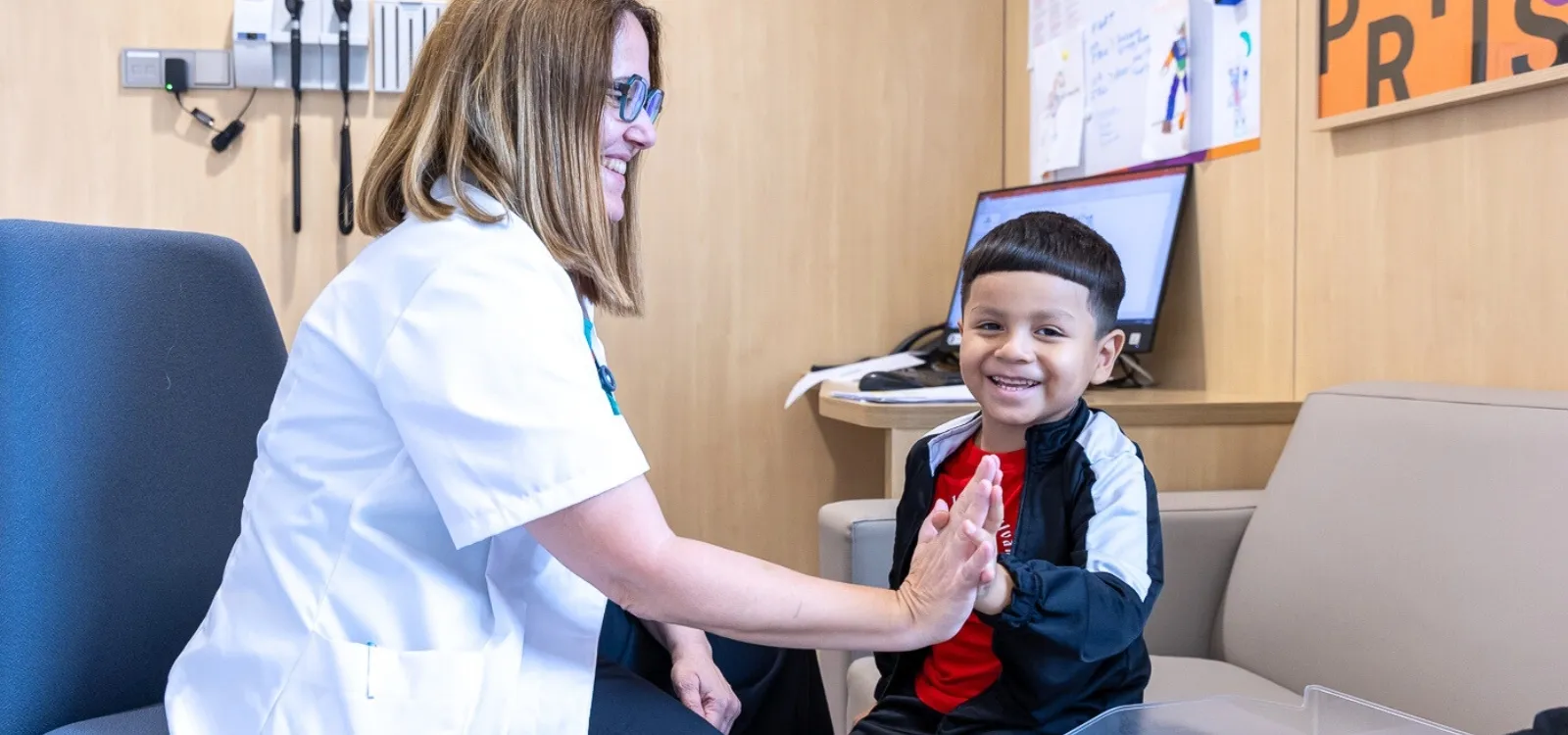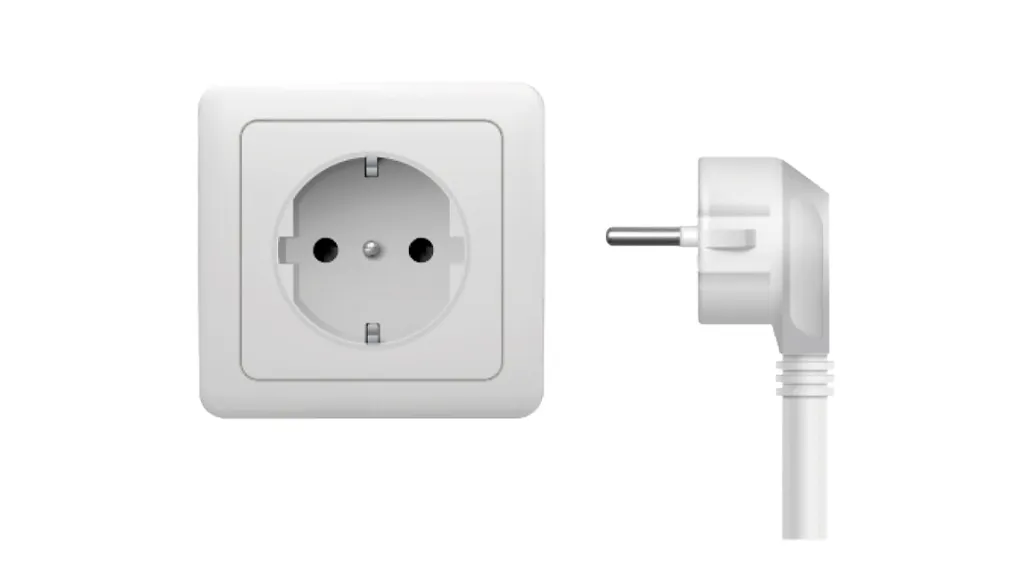
Planning your journey
Once the family has accepted the proposed treatment at the SJD Barcelona Children’s Hospital, we can start planning their welcome to the hospital. We can help sort out visas if needed. We can also offer advice on reserving accommodation, transfers to and from the airport, and any other additional services you may need.
As an international patient of the SJD Barcelona Children's Hospital, it is important you take the following aspects of your journey into consideration.
Information for your journey
Important information about visas, documentation, insurance policies and authorisations to enter Spain for the purposes of medical treatment at the SJD Barcelona Children's Hospital.
Permits and documentation
Visa
- Depending on your home country, it you may need a visa to enter Spain for medical treatment.
- Schengen visas allow a maximum stay of 90 days within a 180 day period.
- Visa applications should be submitted at least 15 days before travelling, and no more than 6 months before you travel.
Documentation
To travel, the following documentation is required:
- Tickets.
- Patient's original passport.
- Parent or legal guardian's original passport.
- Postal address in home country and address of accommodation in Barcelona.
- Contact details (telephone, email).
- A signed contract from the Hospital’s International Patients Department.
Authorisations
If the patient is travelling unaccompanied by parents or another party, an authorisation document signed by both parents may be required.
- International health insurance: Make sure your insurance policy covers medical treatment in Spain. If this is not the case, you can request a quote prior to treatment at the Hospital.
- Medication: If the patient requires medication, bring enough to last the duration of your stay, with a copy of the prescription in English or Spanish. Some medication may not be available in Spain, or may require a new prescription.
- Vaccinations: Confirm whether you need any mandatory vaccinations depending on your country of origin and the duration of your stay.
You can find official guidance on entry into Spain on the Spanish Ministry of the Interior's website.
When you arrive in Barcelona, there are taxis, private transport services, public transport and other services that connect the airport to the hospital and other parts of the city.
Transport
Upon arriving at the Barcelona-El Prat Airport, you will find several transport options for getting to the SJD Barcelona Children’s Hospital, as well as to hotels and the city center.
It is important to know that in Barcelona, our hospital is known as Hospital Sant Joan de Déu, so keep this in mind when travelling by taxi or by public transport.
Taxi
- The official Barcelona taxis are black with yellow doors. They are available 24 hours a day at the taxi rank outside terminals T1 and T2.
Private transport services
- Uber and Cabify: These platforms operate in Barcelona and offer services from the airport to any destination. Fares will vary depending on demand and the type of vehicle selected.
Airport shuttle
- Route: The express bus service connects the airport and Barcelona city center (Plaça de Catalunya), with various stops along the way like Plaça de Espanya, Gran Via-Borrell and Plaça Universitat.
- Schedule and travel time: This service operates all year around, leaving every five minutes and with an approximate travel time of 35 minutes.
Public transport
- Bus: Line 46 goes from the airport to Plaça de Espanya, with an approximate travel time of 35 minutes.
- Metro: The L9 Sud line starts at the airport and terminates at the ‘Zona Universitària’ stop, which is near the hospital. You can change lines here to the L3 line (green) to get to Barcelona city center.
Train
- Route: The Renfe R2 Nord line connects Terminal 2 at the airport with the Sants train station in around 20-25 minutes. From there, you can take the L3 metro line to ‘Zona Universitària’ to get to the hospital.
City bus
- Line L77: This line connects the airport with Sant Joan Despí, passing nearby the SJD Barcelona Children's Hospital. This is a more direct option if you are coming straight to the hospital.
Additional recommendations
- Planning your journey: Check timetables and frequencies of various methods of transport, especially if you arrive late at night or during a public holiday.
- Travel cards: You can get a Travel card, which will give you unlimited journeys for a set duration. We recommend a T-casual (10 trips) or Hola Barcelona (unlimited travel for a set number of days).
- Mobile apps: Use apps like ‘TMB App’ to plan your journeys and get real-time information about public transport in Barcelona.
We provide information on hostels, hotels and shared accommodation near the SJD Barcelona Children's Hospital.
Accommodation
If you need accommodation near the SJD Barcelona Children’s Hospital during your child’s admission, we have a selection of options for you to choose from for your stay. You will find affordable hostels to three- and four-star hotels, all located near the hospital. Alternatively, there are shared and temporary lodgings available.
It is important to note that the hospital is not directly affiliated with these establishments, so you will have to make reservations directly with each one.
Here you can find useful information about leisure activities, local customs, climate and other practical information that will help you better organise your stay in Barcelona.
Culture and family activities
You can make the most of your time in Barcelona to discover the city and enjoy some family time. Here you can find useful information about leisure activities, local customs, climate, and other practical information that will help you better organise your journey.
Tourism
If you get the chance to enjoy the city and do some family activities while you are in Barcelona, it is useful to know that SJD Barcelona Children's Hospital is in Esplugues de Llobregat, a municipality next to the city of Barcelona, with a huge offering for leisure, culture and hospitality. You can visit the Barcelona Tourism Office website to find year-round recommendations.
- Parks and green spaces: Montjuïc, Ciutadella Park and Park Güell are ideal for walking.
- Family attractions: The Aquarium Barcelona, the Barcelona Zoo and the Tibidabo Amusement Park are good options for children.
- Beaches and seafront promenades: The Barceloneta and Port Olímpic have some quiet areas to relax.
Language and culture
The local languages in Barcelona are Spanish and Catalan. At our hospital, we have interpreters for certain languages.
Customs and opening times
- In general, meal times are later than in other countries (lunch 13:30-15:00, dinner 20:30-22:00).
- Business opening times vary between the times of 09:00 and 21:00.
- Pharmacies have on-call hours for nighttime emergencies.
Climate
- Winter (December-February): Moderately cold (5-15 °C). We recommend you bring a jacket, scarf and umbrella.
- Spring (March-May) and Autumn (September-November): Temperate climate (12-22 °C), ideal for walking.
- Summer (June-August): Hot (25-35 °C). We recommend you bring light clothing, wear sunscreen and stay well hydrated.
To make your stay as comfortable as possible, it is useful to find out about certain practical aspects, such as payment methods, internet access or use of mobile phones.
More useful information for your stay in Barcelona
It is useful to know some practical day-to-day information, like payment methods, internet access, mobile phone coverage, and details about electrical outlets. Below we have included some key information that may help you adapt and stay organised during your travels.
Payment methods
- Currency: Spain uses the Euro (€). We recommend bringing cash, although the majority of businesses will accept credit/debit cards.
- ATMs: These are found all over the city, normally at bank branches, and you can withdraw cash using international cards.
- Currency exchange: This can be done in-branch at banks, at currency exchange counters or at the airport.
Internet connection
- Free Wi-Fi: The majority of hotels, hospitals, cafés and restaurants in Barcelona have free Wi-Fi. At SJD Barcelona Children’s Hospital, patients and their family members can access Wi-Fi in certain areas. We recommend asking for more details at reception.
- Public Wi-Fi in the city: Barcelona has a public Wi-Fi network called Barcelona WiFi, available in public squares, parks, libraries and at public transport stops. You do not need to register your details and it is free, although speeds may be limited and your data may not be fully protected.
- SIM cards and eSIM for tourists: If you need data all the time, you can buy a prepaid SIM card or activate an eSIM with mobile data. Carriers include local operators (Movistar, Vodafone, Orange and Yoigo) and tourist carriers (Holafly, Airalo and Simyo).
- International roaming: If your mobile plan includes roaming in the European Union, you can use your data and minutes at no additional cost (for EU citizens). For travellers from other countries, please check with your mobile network carrier for their roaming fees or data packages for Spain.
Electricity and outlets
- Voltage and frequency: In Spain, the electrical supply is 230 V, with a frequency of 50 Hz. The majority of modern devices (phone chargers, laptops, etc.) are compatible with this voltage, but it is important you double-check this before plugging in your device.
- Plug types: Spain uses Type F plugs (two round pins), which are also compatible with Type C or Type E plugs. If your country uses a different plug type, you will need a universal adapter.
- Where to buy adapters and chargers: At the airport, in electronics shops and large department stores.
